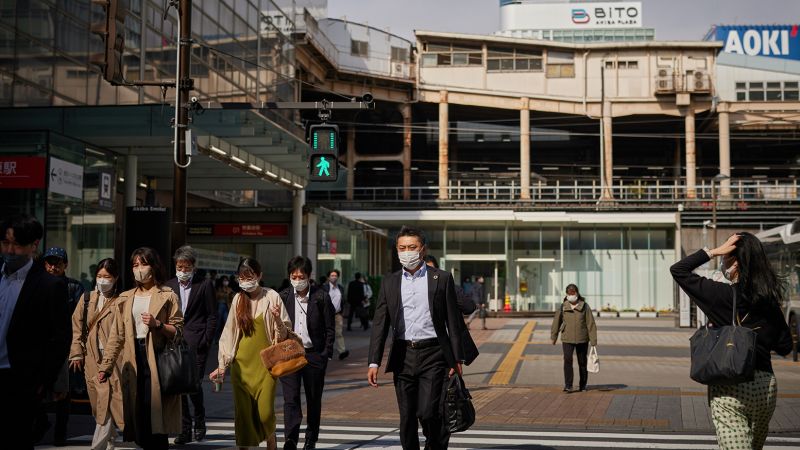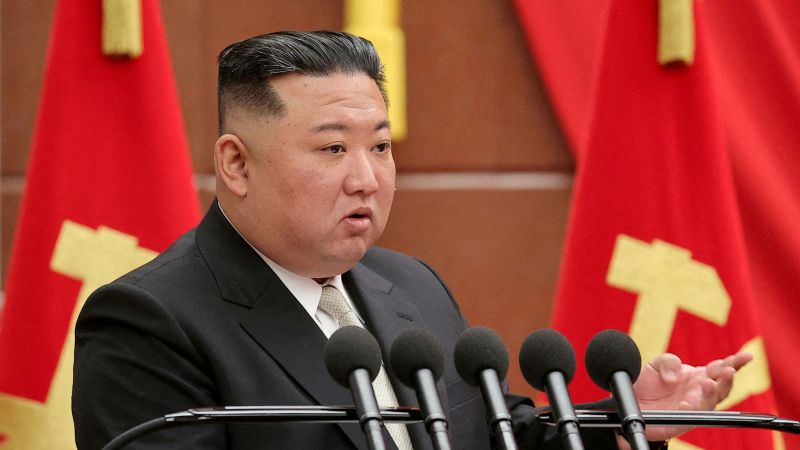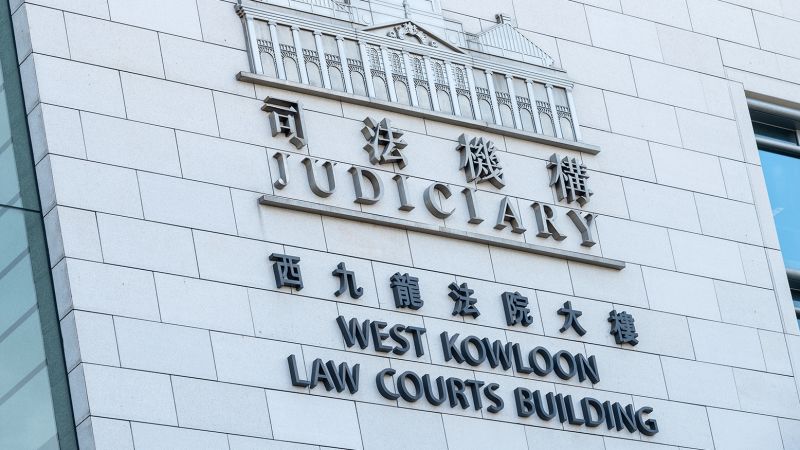Living standards are still falling in Japan. That’s a recipe for more stagnation

Hong Kong
CNN
—
Japan’s workers still aren’t getting paid enough to keep up with rising prices. That’s hurting living standards and creating a major headache for the country’s new central bank chief as he marks his first week on the job.
Adjusted for inflation, wages slipped 2.6% in February, compared to the same month a year earlier, according to government data released last week. That marked nearly a year -— 11 straight months — of declines despite a major campaign by Prime Minister Fumio Kishida to hike compensation.
Economists say the issue will likely continue to dog the Bank of Japan’s new governor, Kazuo Ueda, who took the helm over the weekend and is facing pressure to do away with the ultra-loose monetary policy of his predecessor, Haruhiko Kuroda.
With inflation hitting 3.1% in February, above the central bank’s 2% target, it should be time for the the BOJ to end its massive stimulus program.
But, consumer prices are mainly being driven higher by rising import costs, rather than strong domestic demand. That means it’ll be tough for Ueda to hike interest rates, especially as living standards aren’t rising either.
Ueda’s predecessor was the main architect of aggressive, “bazooka” style stimulus measures intended to boost Japan’s economy after decades of stagnation. Kuroda’s signature ultra-easy monetary policy has been criticized for distorting markets, even as it succeeded in weakening the yen and boosting exports.
Any move to ditch it, though, could risk more problems, if conditions aren’t right.
If Ueda tightens monetary policy before solid and steady growth is achieved, it would end up cooling demand and damaging the economy. That’s why robust growth in wages must be established before the BOJ can start hiking rates, according to economists.
“The stagnant wage rise will leave Ueda no choice but to maintain the short-term [interest] policy rate at effectively zero in the coming years,” said Shigeto Nagai, head of Japan economics at Oxford Economics. “What he will do in the coming months is to simply make the super-easy policy more sustainable.”
Prime Minister Kishida has been urging businesses to help workers keep up with higher living costs. The issue of stagnant wages could improve this year, as companies heed the call to raise salaries in response to inflation.
Last month, Rengo, the country’s largest labor group, said more than 800 unions and their employers had reached preliminary agreements to increase wages by an average of 3.8%.
That would mark the highest rate of raises since 2013, the organization said. New payrolls are expected to kick in this month, which marks the beginning of the fiscal year.
Economists say this may help.
“The wage hikes announced at spring wage negotiations so far are a good start, but it’s too soon to say much about the macroeconomic impact,” said Stefan Angrick, a Tokyo-based senior economist at Moody’s Analytics.
Like other parts of the world, inflation in Japan has become a headache. Angrick noted that core consumer prices, excluding fresh food, did tick down in February, from 4.2% the previous month to 3.1%, thanks to government support for household energy bills.
That’s low by comparison with America or Europe. But in Japan, it’s high enough to feel uncomfortable, given stagnant wage growth, according to Angrick.
He said although overall wage gains this year were expected to exceed those in previous years, the pay bumps are unlikely to be able to keep up with inflation.
The BOJ has deployed its ultra-easy policy since Kuroda, who completed his 10-year term over the weekend, took the reins in 2013.
Then, in 2016, after years of aggressive bond buying failed to push up prices, it introduced the yield curve control (YCC) program, where it bought targeted amounts of bonds to push down yields, in order to stoke inflation and stimulate growth.
As part of that program, the central bank targeted some short-term interest rates at an ultra-dovish minus 0.1% and aimed for 10-year government bond yields around 0%.
But as prices rose and interest rates elsewhere went up, pressure has grown on the BOJ to wind down the program.
“The BOJ is caught between financial markets anticipating a policy pivot and the recognition that [a] premature exit would likely derail the economy and any hope of achieving the kind of sustained, demand-driven 2% inflation the bank is aiming for,” said Angrick.
“At the same time, consumer price inflation is still uncomfortably high. All of this requires careful maneuvering and communication.”
In December, the BOJ shocked global markets by allowing the 10-year government bond yield to move 50 basis points on either side of its 0% target.
The move stoked speculation the central bank may follow the same direction as other major economies by allowing rates to rise further — and underscored how all eyes were on the bank over even the slightest adjustments.
— Juliana Liu, Laura He and Moeri Karasawa contributed to this report.







